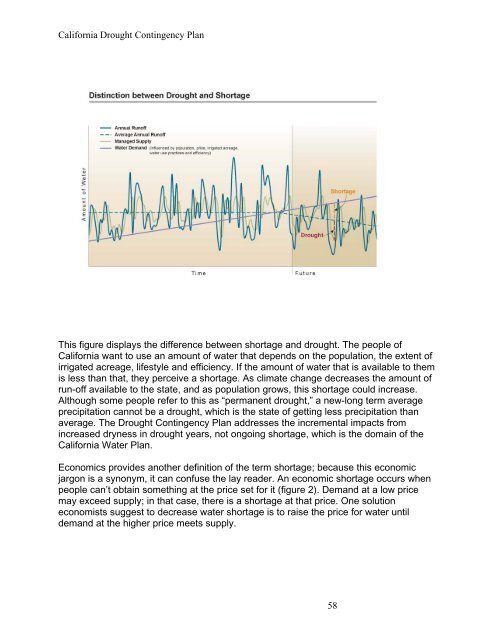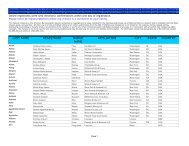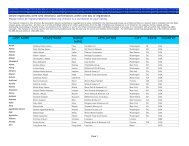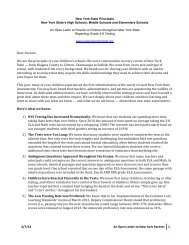Final_CA_Drought_Contingency_Plan-11-18-2010a
Final_CA_Drought_Contingency_Plan-11-18-2010a
Final_CA_Drought_Contingency_Plan-11-18-2010a
Create successful ePaper yourself
Turn your PDF publications into a flip-book with our unique Google optimized e-Paper software.
California <strong>Drought</strong> <strong>Contingency</strong> <strong>Plan</strong>This figure displays the difference between shortage and drought. The people ofCalifornia want to use an amount of water that depends on the population, the extent ofirrigated acreage, lifestyle and efficiency. If the amount of water that is available to themis less than that, they perceive a shortage. As climate change decreases the amount ofrun-off available to the state, and as population grows, this shortage could increase.Although some people refer to this as “permanent drought,” a new-long term averageprecipitation cannot be a drought, which is the state of getting less precipitation thanaverage. The <strong>Drought</strong> <strong>Contingency</strong> <strong>Plan</strong> addresses the incremental impacts fromincreased dryness in drought years, not ongoing shortage, which is the domain of theCalifornia Water <strong>Plan</strong>.Economics provides another definition of the term shortage; because this economicjargon is a synonym, it can confuse the lay reader. An economic shortage occurs whenpeople can’t obtain something at the price set for it (figure 2). Demand at a low pricemay exceed supply; in that case, there is a shortage at that price. One solutioneconomists suggest to decrease water shortage is to raise the price for water untildemand at the higher price meets supply.58






